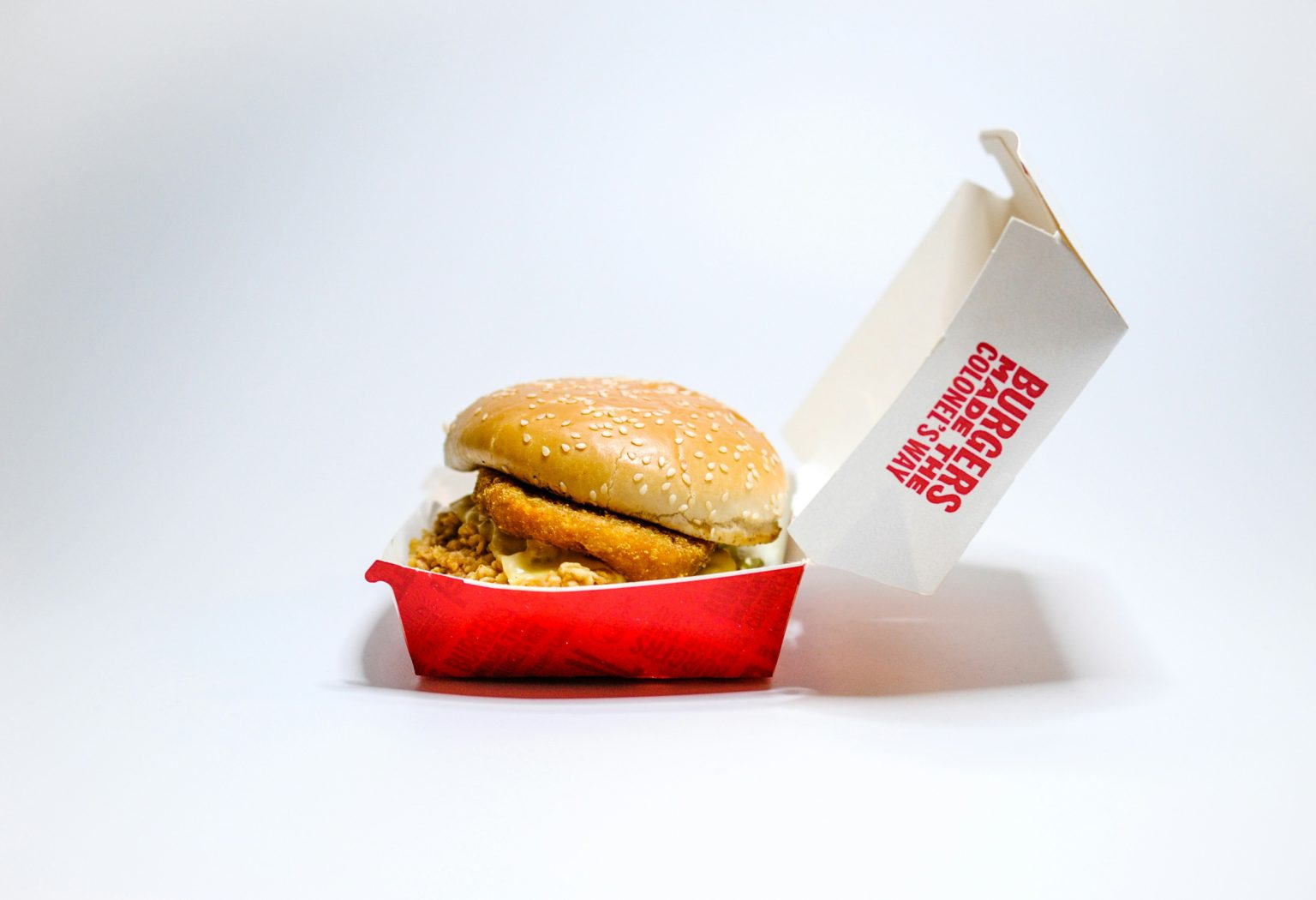Packaging is important for any food product in attracting consumers’ attention and forming a brand image. Custom food packaging is a unique way of packaging a food product that can help it be easily noticed on the shelves, help customers remember the brand, and even help them buy the food item. Here, we present ten successful and creative food packaging designs that have received consumer attention and established new trends in the industry.
1. Minimalist Magic
Minimalism is a design concept characterised by simplicity, clarity and functionality. When used on food packaging, it establishes a minimalist feel that does not overpower the product or distract the customer’s attention. In minimalist packaging, all non-essential aspects are removed, and attention is drawn to the product’s benefits, such as organic or handmade products. This approach is more suitable for products considered to be luxurious or premium in some way since it gives off an air of elegance.
2. Interactive Elements
It is not just about beautifying the packaging; interactive packaging takes unboxing to a new level. Add some kind of game, a puzzle, or an augmented reality experience to make a positive and engaging interaction with the product. For instance, a cereal box could contain a maze on the outside that, when solved, leads to a hidden picture or a recipe. Or, while eating a chocolate bar, a consumer might find a scratch-off game that would give him a discount for the next purchase. This way, you engage the consumer, and they will be more likely to buy your brand repeatedly.
3. Sustainable Solutions
The public is growing more aware of the environmental consequences of their purchases. Support your brand’s environmental responsibility by selecting such materials as recycled cardboard, compostable plastics or biodegradable films
Think about designs that would not produce waste or can be recycled to the maximum. For instance, one may use inconspicuous packaging or avoid using packaging that can be refilled to cut the number of packages. Also, ensure that your packaging’s environmental impact is evident through easy-to-understand text, like certifications or labels, to convey your environmental consciousness.
4. Storytelling with Graphics
Food packaging is a form of communication and a medium where one can tell a story. Engage the viewers’ sight by creating an appealing and concise message about your brand, your products, and the narrative behind your food. Let the packaging tell a story of the product through illustrations, photography, or typography. It is possible to use provocative images that appeal to the target market and make them feel something. For instance, a package of artisanal bread might include drawings of fields of wheat and a classic bakery to give it a historical and handmade look. This is a perfect way to make your product stand out and give your customers an experience they will not forget through your packaging design.
Bold and Vibrant Colors: A Visual Feast
Bright and intensive shades are also effective in attracting viewers’ attention and making them feel enthusiastic. They can create feelings, provoke hunger, and make your product easily recognisable against the background of similar goods. They can also complement the general outlook of your packaging and support the personality of your brand.
It is also recommended to consider the principles of colour psychology and choose the shades that will help to achieve the desired image of the product. Red usually increases appetite, and green represents freshness and health. Care should be taken not to overcrowd the design with too many colours, as this may prove counterproductive. When choosing and combining colours, one should pay attention to the fact that the final result will look very attractive and memorable.
Customisable Packaging: Enabling Your Customers
Today’s consumers are individuals, and they want to get as many things as possible that suit their personalities. Customized packaging helps you take advantage of this need by enabling clients to design their products. It also helps build ownership and a better relationship with the brand that one is identifying with.
Unexpected Shapes
Traditional packaging can take the form of a box, bag or bottle, among other things, since it has a conventional shape. However, to go further and become unique, it is necessary to think about designs that will be beyond the standards. Thus, it is possible to create packaging that will be not only attractive but also practical due to the use of nontraditional forms and shapes.
Remember that the best food packaging is not only unique but also functional. The design should be chosen depending on the target audience, product characteristics, and brand image. These creative elements can be integrated to enhance your product and leave a lasting impression on consumers.



